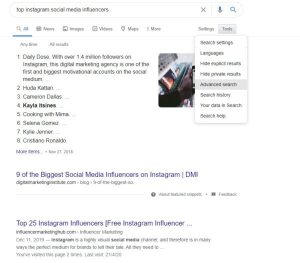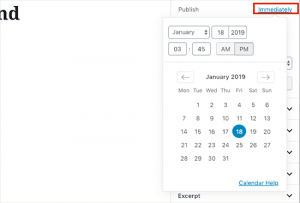by Laurie Petersen, Columnist, January 9, 2017
The following post was first published in an earlier edition of Marketing Insider: Cross-Channel.
Creating original branded content solves many problems for marketers, but also presents challenges — among them distribution and realizing ROI from what can be a costly investment.
Time Inc., CBS and Telepictures are among hundreds of publishers working with IRIS.TV, which recently introduced a product to manage the distribution of branded content. Its video personalization solution uses artificial intelligence and machine learning technology so publishers can automate the programming of their video libraries for the individual based on that person’s preferences and behavior.
We spoke with Rohan Castelino, director of business development and marketing with IRIS.TV, about how this works.
While brands are increasingly looking to partner to create content to engage Millennials, how can publishers deliver guaranteed audiences to watch this content at scale while maintaining their editorial standards and trust with audiences?
For publishers, branded content provides an opportunity for significantly higher revenue as brands pay a premium to access a targeted audience. For this format to thrive, you need both reach and engagement.
Meeting those goals is a challenge, as all viewers — not just Millennials — are becoming increasingly sensitive to disruptions to the user experiences such as load times on Web pages (especially on mobile), slow buffering, invasive ads or irrelevant content recommendations.
Ad-blocking has been one response to poor user experience as much as anything. Branded content offers real promise as a win for advertiser, publisher and user, but as an industry we can no longer take user experience for granted.
The most common entry points to branded content has been on dedicated branded landing pages on publisher sites and social media. The former, while not invasive, is not an organic experience. There is a ceiling to the amount of viewers you will attract.
Social media, meanwhile, presents a mixed bag for advertiser. You will get the reach, but at the expense of direct engagement from your target audience.
Recent changes to Facebook’s native advertising policy mean publishers can no longer fall back on the platform to make their guarantees. If publishers can no longer leverage social to service branded campaigns as they once have, what can they do?
The pressure to fulfill campaigns organically is higher than ever, and it ought to be. Additionally, branded content is unlike the standard pre-roll ad formats of 5, 15, 30 seconds. There is no standard. Premium content is measured in minutes, not seconds.
If you make someone watch a 2-5 minute video not of their choosing you may have a revolt on your hands.
To help solve that problem, we have worked with publishers to insert branded content mid-stream using our artificial-intelligence engine. Someone watching video players powered by our technology receives a continuous stream of personalized video.
Our data shows that a portion of viewers are super-viewers who watch 4-8 videos during one session. These viewers are highly engaged and essentially watching mini TV shows on the Internet.
By inserting branded video organically to these viewers mid-stream at different frequencies, our data shows they continue to watch at the same pace. Based on viewing patterns of the audience, publishers can customize the placement of branded video to maximize reach and engagement.
In addition to organic lift in viewing, what else can brands gain from this form of distribution?
When their content is distributed like content, brands can learn more about what their target audience responds to rather than having to sift through secondary and tertiary metrics. In addition to brand awareness, they want to drive revenue and gain prescriptive business intelligence so they can make actionable decisions to grow their businesses.
Data-driven distribution of branded content that maximizes reach and engagement without disrupting the user experience is critical to the survival of this format. Brands and publishers should be careful not to squander this promising opportunity.
How does this personalization impact viewership and user experience across devices from desktop to mobile?
It works both ways. Some customers had most of their views on mobile or desktop prior to integration. Over time, surfacing the most relevant content in the library for the individual results in shifts in behavior. In either case they stay longer and watch more video — and the publisher gets to serve more ads.
MediaPost.com: Search Marketing Daily
(74)
Report Post




